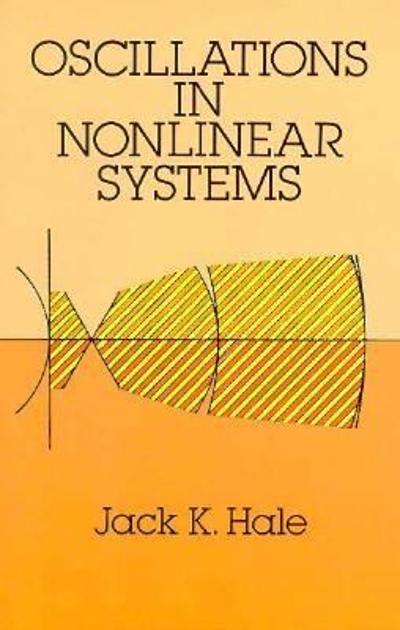Question
Question 1: Twelve runners are asked to run a 10-kilometer race on each of two consecutive weeks.In one of the races, the runners wear one
Question 1:
Twelve runners are asked to run a 10-kilometer race on each of two consecutive weeks.In one of the races, the runners wear one brand of shoe and in the other a different brand.The brand of shoe they wear in which race is determined at random.All runners are timed and are asked to run their best in each race.The results (in minutes) are given below.
Runner
Brand 1
Brand 2
1
31.23
32.02
2
29.33
28.98
3
30.50
30.63
4
32.20
32.67
5
33.08
32.95
6
31.52
31.53
7
30.68
30.83
8
31.05
31.10
9
33.00
33.12
10
29.67
29.50
11
30.55
30.57
12
32.12
32.20
Note that in this case the data are paired (the same subject is used to generate a pair of observations.) The data are analyzed by focusing on the sample of paired differences (paired diff. = obs. before 'minus' obs. after). This essentially reduces the problem to a one-sample t-procedure under the right assumptions.
a)Make a scatterplot of the running times of brand 1 vs. brand 2. Was it a good idea to pair data? Explain.
b)Use a statistical test to test the hypothesis that that athletes tend to run faster in a 10-kilometer race using brand 1 than using brand 2.
c)Construct a 95% confidence interval for the difference between the mean time to run a 10-kilometer race using brand 1 and the mean time to run a 10-kilometer race using brand 2.
d)Assess the validity of the t procedure you used to analyze the data.
Step by Step Solution
There are 3 Steps involved in it
Step: 1

Get Instant Access to Expert-Tailored Solutions
See step-by-step solutions with expert insights and AI powered tools for academic success
Step: 2

Step: 3

Ace Your Homework with AI
Get the answers you need in no time with our AI-driven, step-by-step assistance
Get Started


